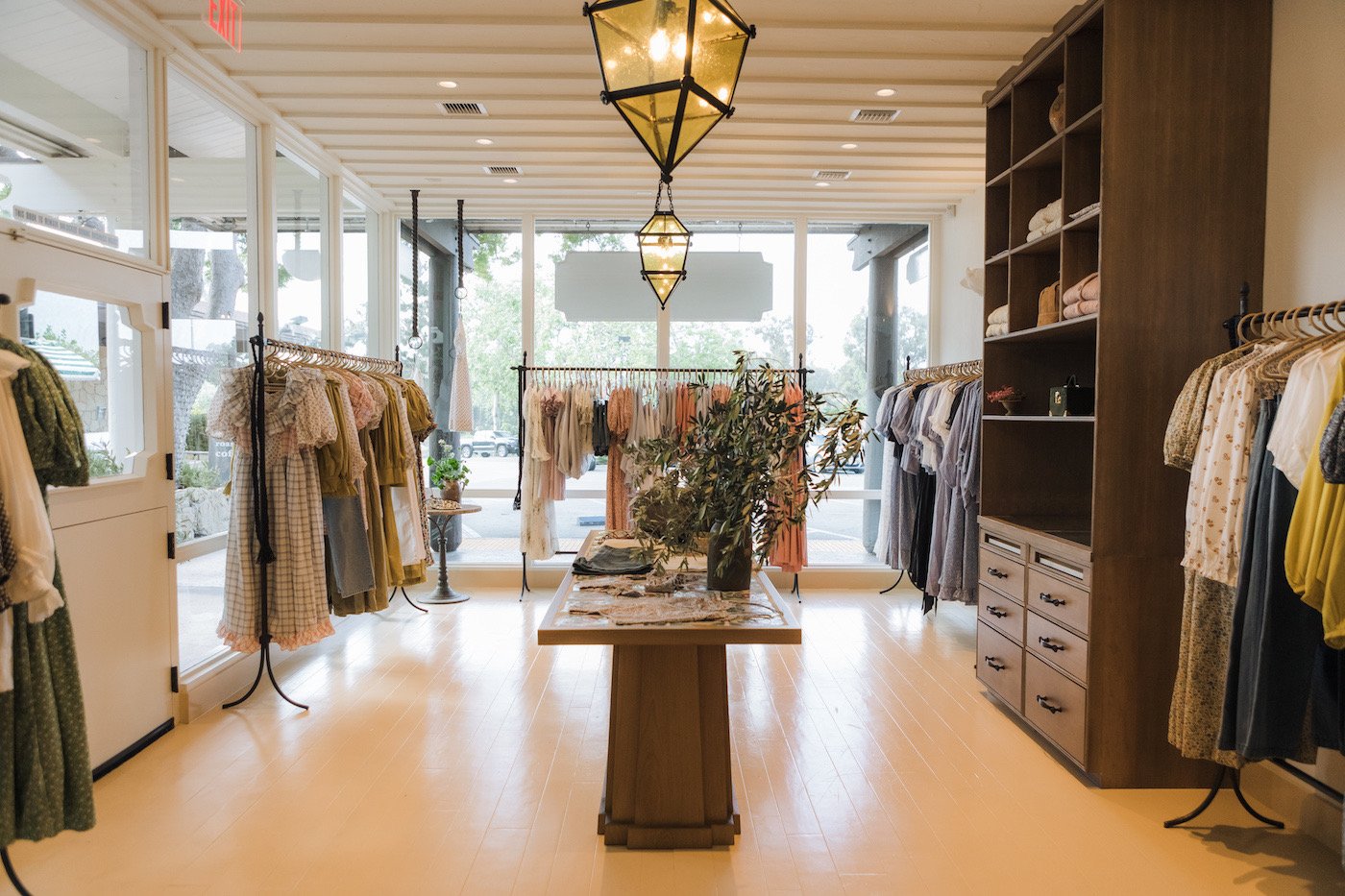Why Boutique Fashion is the Ultimate Option for Special Design
A Deep Study the World of High-Fashion Runways: Comprehending Apparel as Art
Developers, much like skillful musicians, weave elaborate stories via color, fabric, and type, redefining and testing conventional standards appeal standards. As we discover these sartorial spectacles, we must contemplate: what function does style play in shaping social values, and just how does it show the ever-changing tapestry of human feeling and identity?
The Advancement of Runway Reveals
The trajectory of runway shows has actually transformed significantly over the years, evolving from special market events to fascinating eyeglasses that blend style with art. Traditionally, path programs were intimate events, kept in ateliers or small locations, primarily gone to by customers and market experts. These very early presentations concentrated on the garments' craftsmanship and industrial stability, providing a straight and sensible display screen of seasonal collections.
As the style sector increased, the nature of path programs started to transform. The 1970s and 1980s noted a transforming factor, with developers looking for to differentiate themselves with even more theatrical presentations.
Over the last few years, innovation and social networks have actually additionally changed path shows, making them accessible to a global audience. Livestreaming and electronic systems have actually democratized fashion, allowing enthusiasts worldwide to witness these occasions in real-time (boutique fashion). This advancement mirrors a wider cultural change, where high-fashion runways offer as a dynamic intersection of design, advancement, and performance
Designers as Enthusiast Artists
Developers in the high-fashion sector have obscured the lines in between functional garment production and the conceptual world of art. By embracing creative disciplines such as sculpture, painting, and progressive installations, designers craft garments that test traditional fashion standards and elevate them to art types.
Visionary developers draw motivation from a myriad of resources, including abstract art, historical referrals, and individual narratives. They possess an one-of-a-kind ability to picture and appear ideas that push the limits of standard fashion, typically redefining visual standards in the process. This innovative resourcefulness is showcased via dramatic silhouettes, ingenious products, and detailed workmanship, which welcome viewers to experience fashion as even more than simply wearable things.
Furthermore, the runway functions as a canvas for these artists, where illumination, songs, and established layout coalesce to develop immersive experiences. These discussions are not merely displays of clothing however are coordinated efficiencies that stimulate emotion and provoke idea, attesting the developer's role as a true musician in the modern social landscape.
Social Impacts in vogue
Cultural tapestry weaves its intricate patterns right into the material of fashion, affecting developers internationally. The dynamic interchange of cultural tales, customs, and symbols educates and influences collections that grace high-fashion runways.
The impact of society on style is typically seen in the reinterpretation of traditional garments and patterns. The use of Japanese robes, Indian saris, or African prints in contemporary fashion mirrors a blend of cultural Check Out Your URL credibility and modern looks. Designers such as Valentino's Pierpaolo Piccioli and Alexander McQueen's Sarah Burton have actually been recognized to incorporate abundant social motifs into their couture collections, converting history into wearable art.

Development in Fabric and Design
Technology in material and design continually improves the landscape of high-fashion, pushing borders and redefining opportunities. Designers are significantly checking out the integration of modern technology, such as 3D printing, which enables for the production of complicated structures that were browse around here formerly unimaginable.
The fashion market is witnessing a surge in the usage of environmentally friendly materials, acquired from recycled plastics, organic fibers, and even eco-friendly components. Designers are welcoming these products to craft garments that are both aesthetically striking and mindful of their eco-friendly impact.
In regards to design, speculative forms and progressive silhouettes are continually revolutionizing the path. By incorporating unique products and sophisticated strategies, developers grow garments that obscure the line in between style and art, establishing brand-new criteria for creative thinking and expression in the high-fashion round.
Influence of Style on Culture
Style possesses an extensive influence on society, offering as both a reflection of social identification and a catalyst for social change. With its advancement, style has actually mirrored societal shifts, encapsulating the zeitgeist of different periods. The flapper gowns of the 1920s symbolized a newfound feeling of females's freedom, while the bold prints of the 1960s echoed the cutting edge spirit of the time. High-fashion paths, particularly, serve as platforms for tough standards and redefining charm standards. Designers make use of these locations to deal with pushing social concerns, from sustainability to diversity, thereby forming public discourse.
Moreover, style has the power to bridge cultural voids, fostering understanding and admiration amongst varied groups. As globalisation accelerates, the cross-cultural exchange link of style ideas comes to be progressively substantial, promoting inclusivity and variety. The increase of streetwear, stemming from urban subcultures, highlights exactly how style can transcend socio-economic borders, giving people a means of self-expression and empowerment.
Basically, fashion is not simply concerning appearances; it is a dynamic pressure that affects values, perspectives, and societal development (boutique fashion). By continually communicating with social and social currents, style remains an indispensable part of the collective human experience

Verdict
High-fashion runways serve as dynamic fields where garments goes beyond capability to come to be a meaningful art form. Designers, akin to visionary artists, orchestrate collections that reflect identity, emotion, and cultural narratives, challenging conventional aesthetic appeals. The blend of cutting-edge textile and layout, paired with intricate collection layouts, illumination, and songs, produces immersive experiences that celebrate cultural diversity. This crossway of style and virtuosity not only astounds audiences worldwide yet additionally influences societal perceptions and advertises a much deeper recognition for cultural diversity.

Social tapestry weaves its intricate patterns into the material of style, influencing designers around the world.Fashion wields a profound impact on culture, offering as both a reflection of cultural identity and a stimulant for social adjustment.